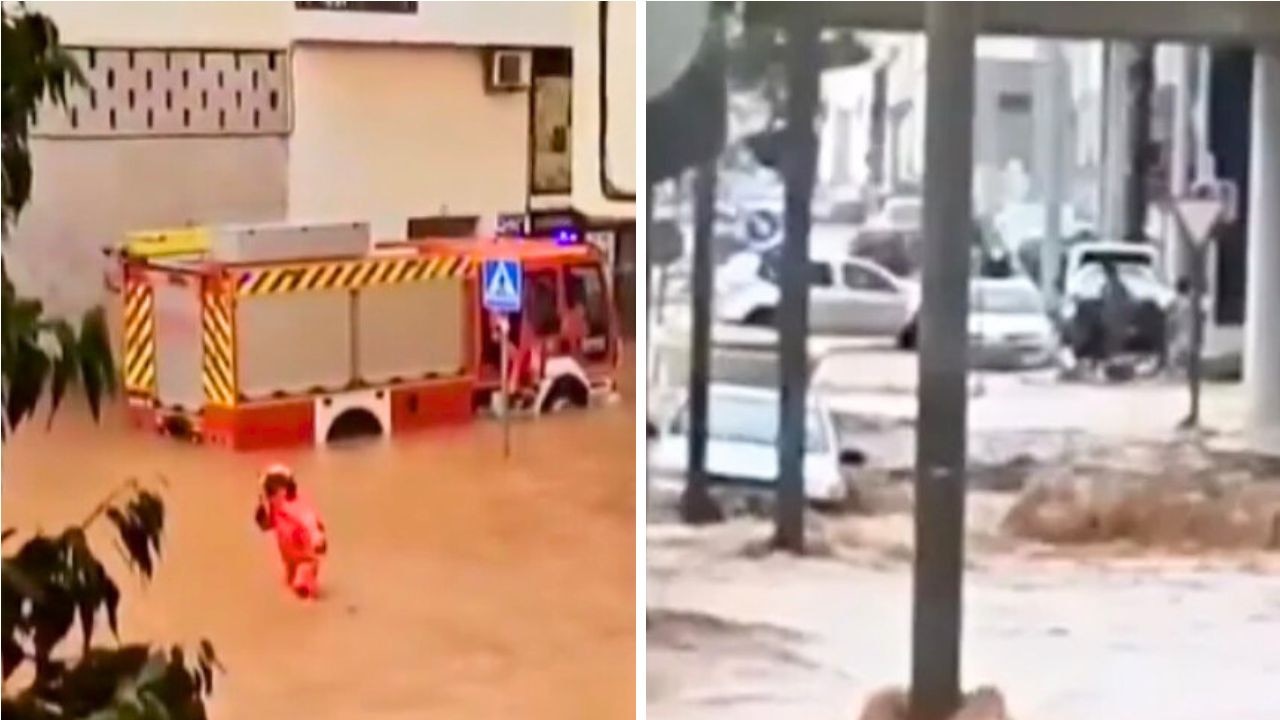Devastating detail in iconic beach photo as recovery begins from ex-Tropical cyclone Alfred
As one of Queensland’s most lucrative tourism hubs, there’s concern we may not see the real Gold Coast for months if not years to come.
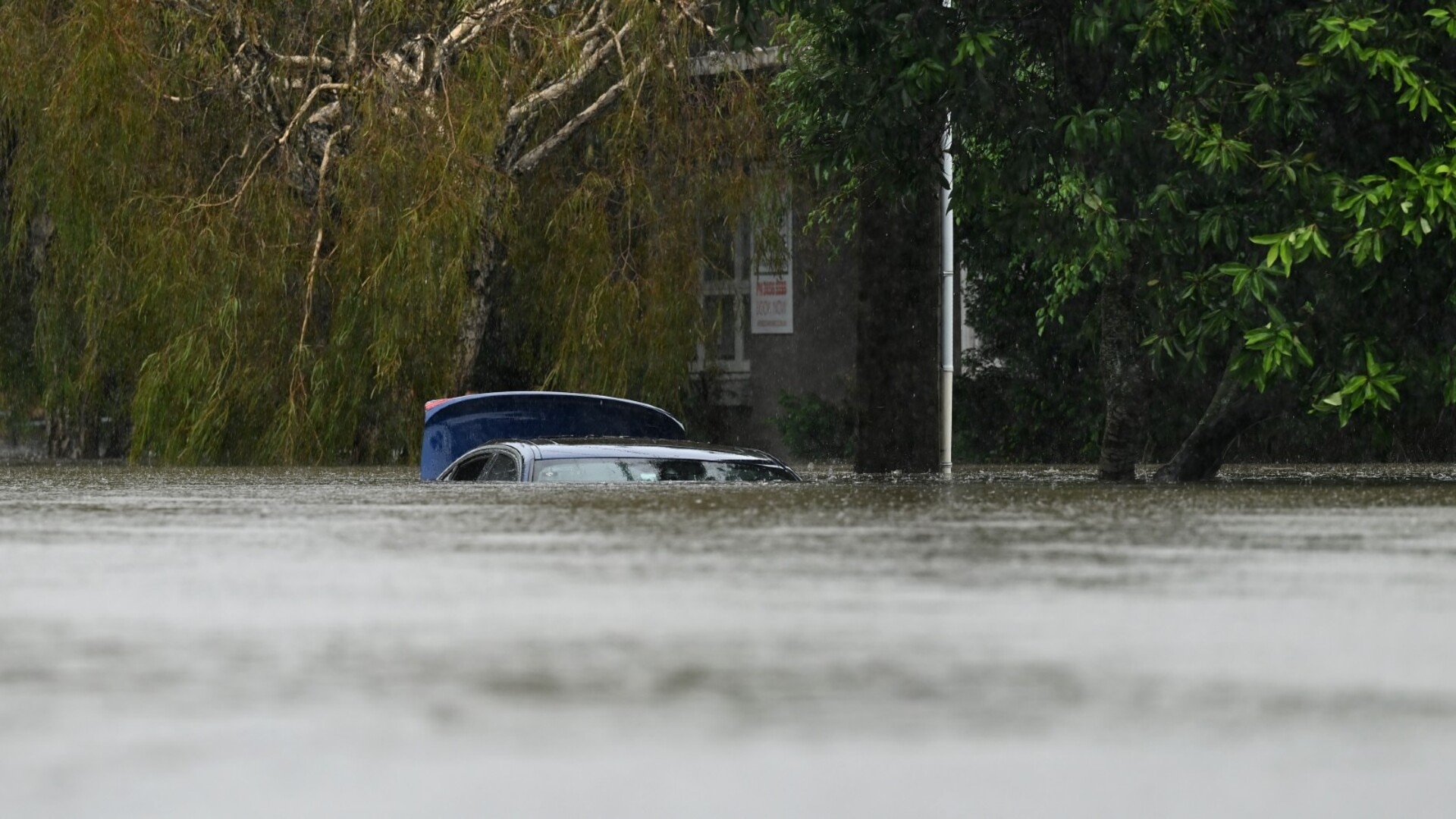
The golden shores that attract millions of visitors every year to the southeast corner of Queensland have been left battered and bruised at the hands of ex-tropical cyclone Alfred.
Waves as high as “three or four-storey buildings” crashed into the coast for days on end, gouging millions of cubic metres of sand from about 500 kilometres of coastline between Coffs Harbour in New South Wales and Queensland’s Sunshine Coast.
The photos before Alfred hit the coast compared what currently stands is like another world, with erosion so extreme — some of the beach escarpments sit six-metres above the shoreline.
And of the township’s worst hit, sits the iconic Gold Coast.
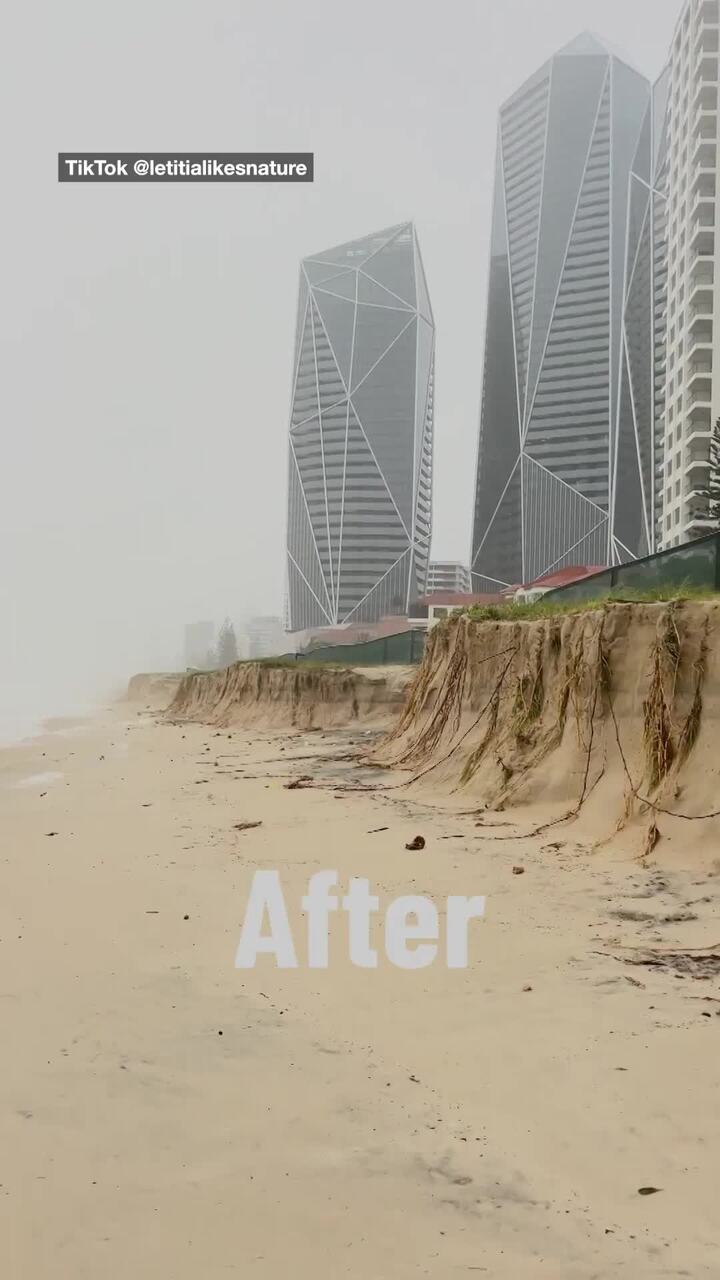
The Gold Coast iconic strip of sand known as Main Beach — which attracts more than 11 million visitors each year — recorded its highest wave ever at 12.3 metres on Thursday.
And while the aftermath could’ve been far worse, experts say the destruction Alfred caused could take years to recover.
University of the Sunshine Coast’s Dr Javier Leon told Yahoo News gave a disturbing projection about how the coast will recover — and what that could mean given the millions of dollars typically spent in the region by tourists.
“The rate of this recovery depends on upcoming conditions but usually takes weeks to months. Dunes take longer to recover,” he said.
“In some cases, it might take years for dunes to come back to pre-cyclone conditions.”
In the year ending June 2023, tourism was 4.4 per cent of the Gold Coast’s economy. It generated $1.62 billion and supported 20,419 jobs.
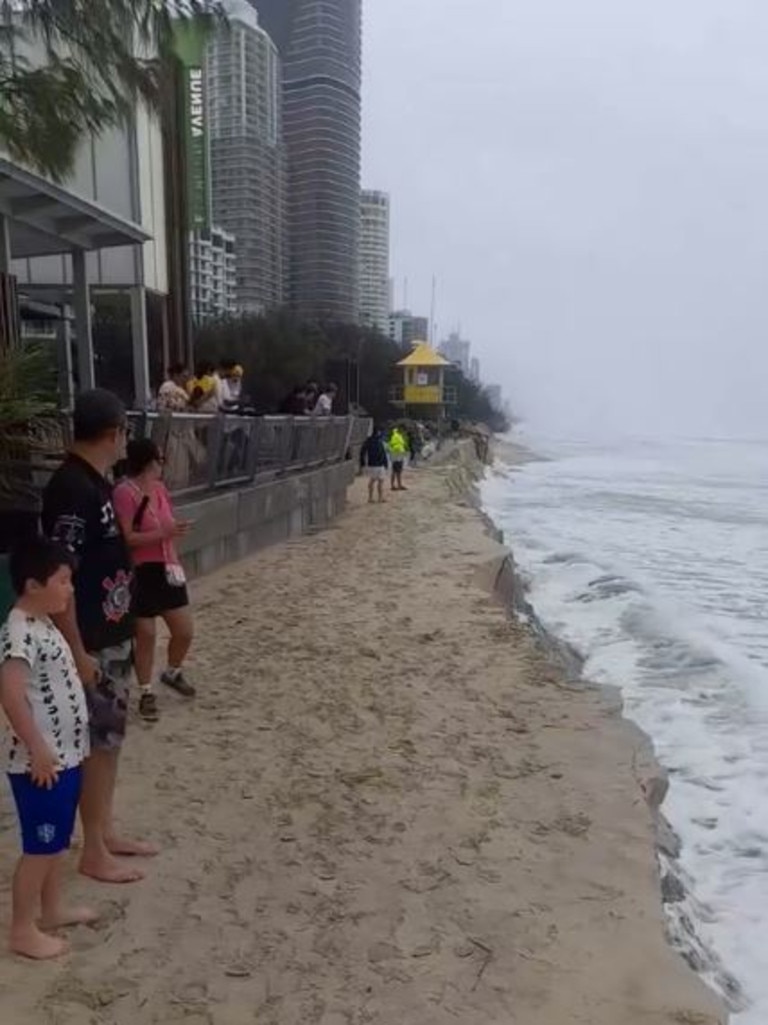
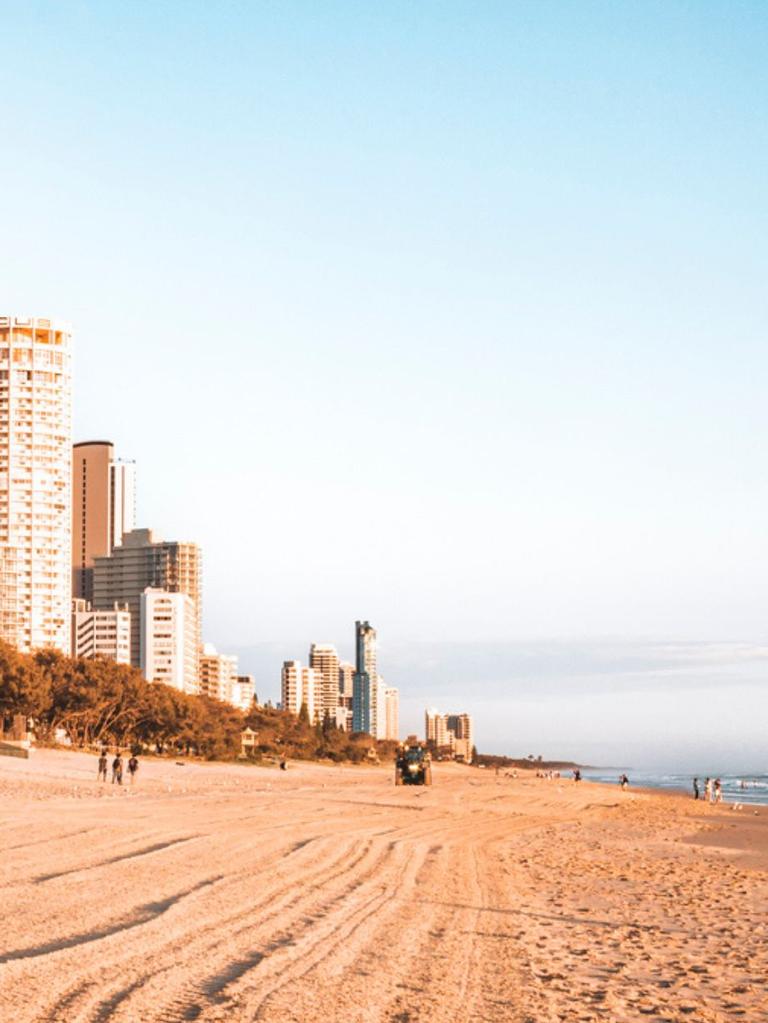
According to the Queensland government, the visitor economy has demonstrated strong performance since Covid-19 brought visitation to a standstill, with $7.7 billion in expenditure generated by 12.3 million visitors for the year ending June 2024.
In comparison to other tourist hotspots dotted around the Sunshine State, the Gold Coast alone records a higher average spend per visitor than Brisbane, Cairns and even the Sunshine Coast.
“This shows the city’s value,” the department said in a Coty of the Gold Coast tourism breakdown.
Speaking to news.com.au, Experience Gold Coast CEO John Warn said the impact will be “significant” especially with the easter and school holiday period just weeks away.
“It’s been a really challenging few days, but I am confident the city will bounce back quickly,” he said.
“The full impact of tropical cyclone Alfred on our economy for the Gold Coast is not yet known … but what I can say is it will be significant. This has obviously been a significant weather event … we are still not close to having a full impact assessment with all our operators.”
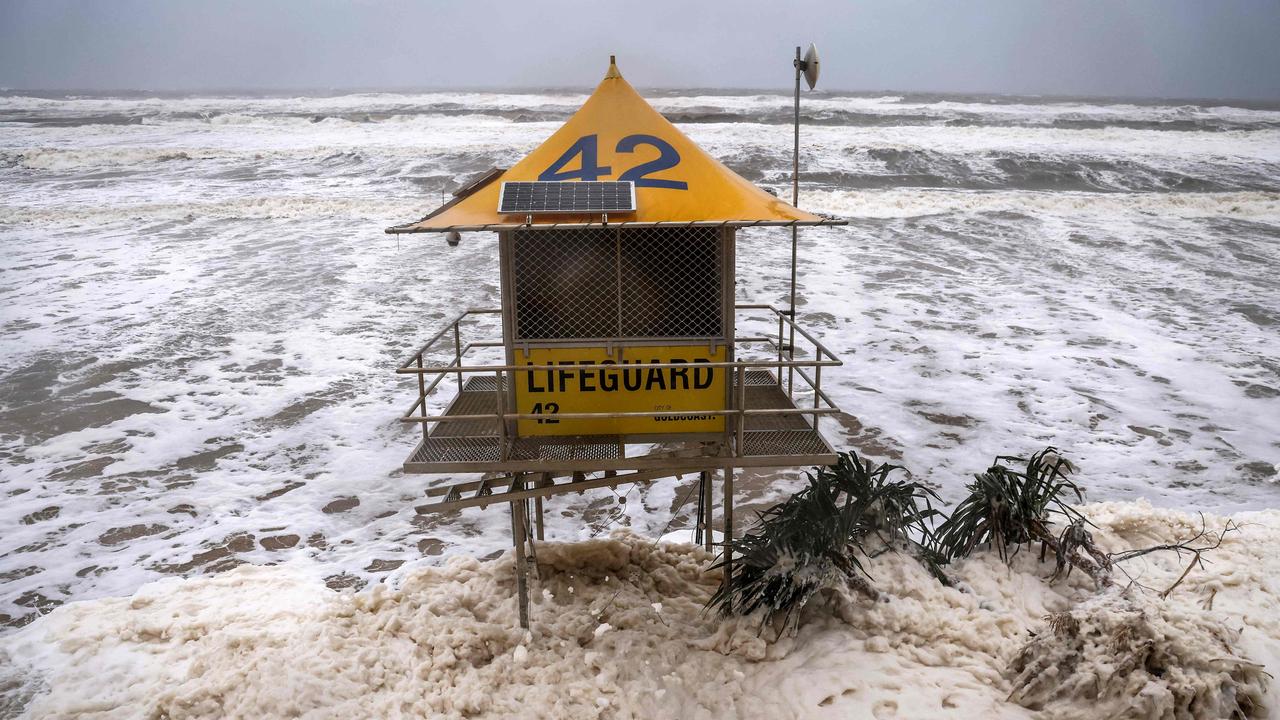
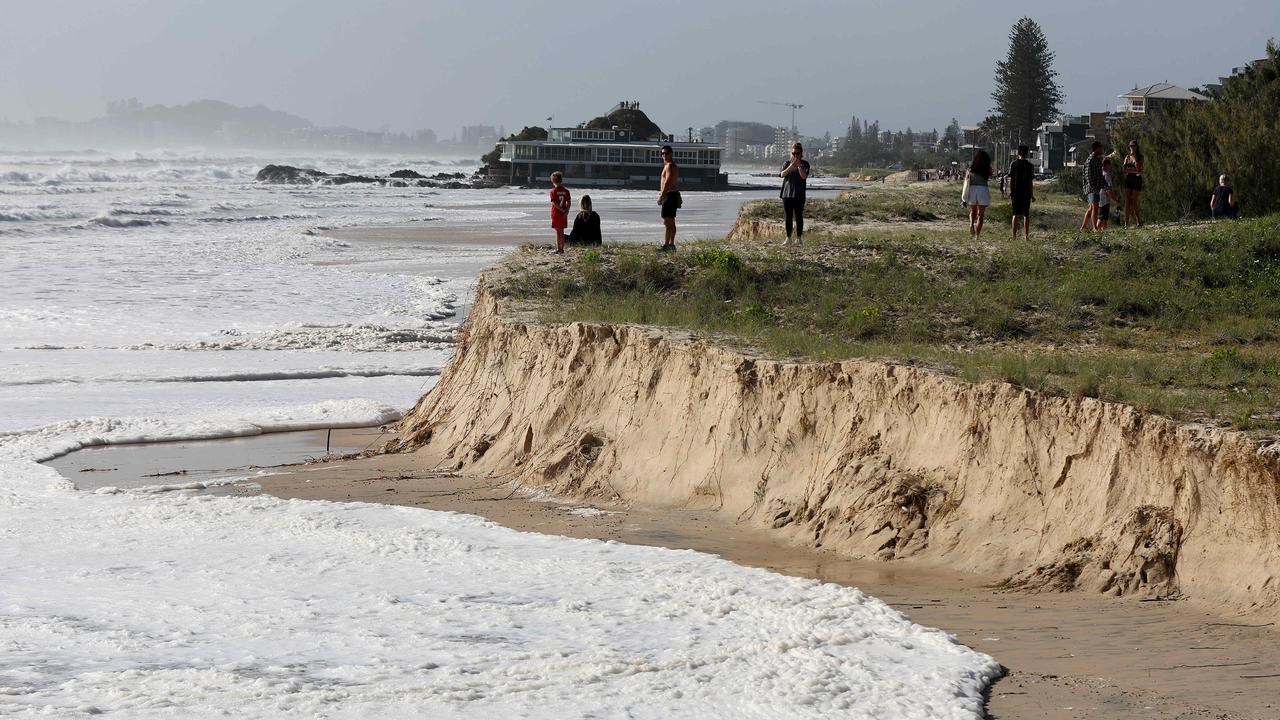
Mr Warn said with a tourism economy of nearly $8 billion, the impacts of Alfred will be ongoing with the beach restoration being a top priority for the region.
“The beach recovery will be in three phases … firstly, removing of debris and scarping so it’s safe,” he said.
“Secondly, restoring services, pathways and lifeguard facilities and then the third will be long-term rejuvenation. It will have a significant impact, but we are a can-do city.
“The Gold Coast is an iconic part of Australia … we are confident about the upcoming school holidays. It’s going to be a massive effort to ensure the experiences and the operators and the hotels are up to speed.
“Some of those will take one or two weeks, others a bit longer...but we are confident on our long-term outlook.”
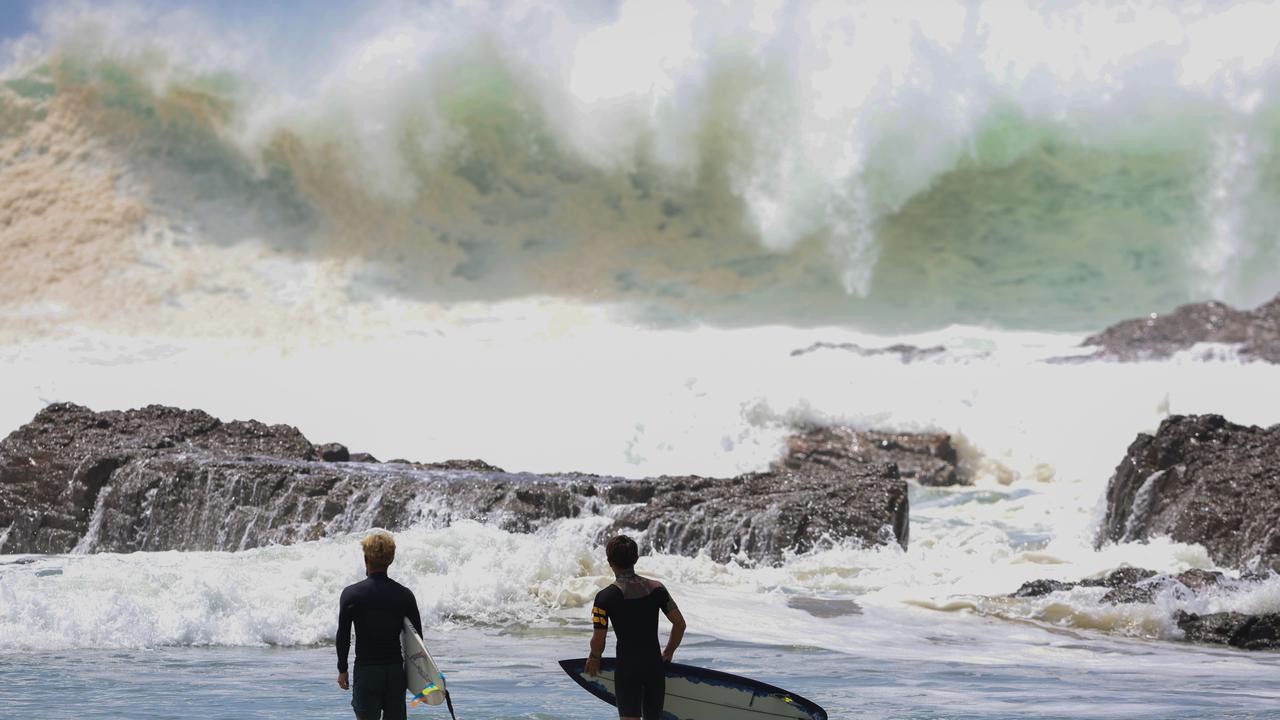
Mr Warn said despite what’s been depicted, the aim is to restore the beaches as quickly as possible — and while Main Beach is unrecognisable, other Gold Coast beaches walked away relatively unscathed.
“Very quickly you will see 50km of beaches returned to their former glory,” he said.
“There are some parts of the coastline that have not been as impacted. Some of the beaches won’t have as big an impact. All of our effort is into returning to business as usual as quickly as possible.
“The preparation that the city of Gold Coast went through in the leading up days gave the Gold Coast the best shot at minimising impact and damage. That planning and preparation has meant the minimisation of impact and damage is as good as it can be.”
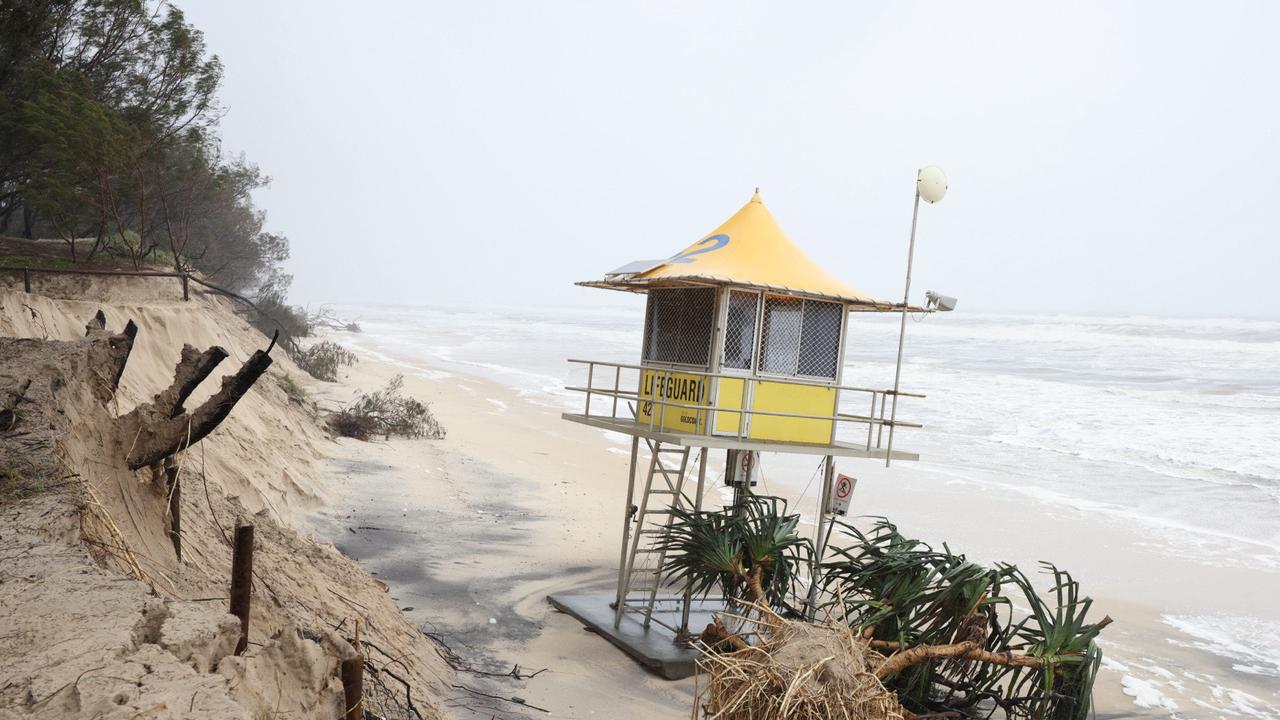
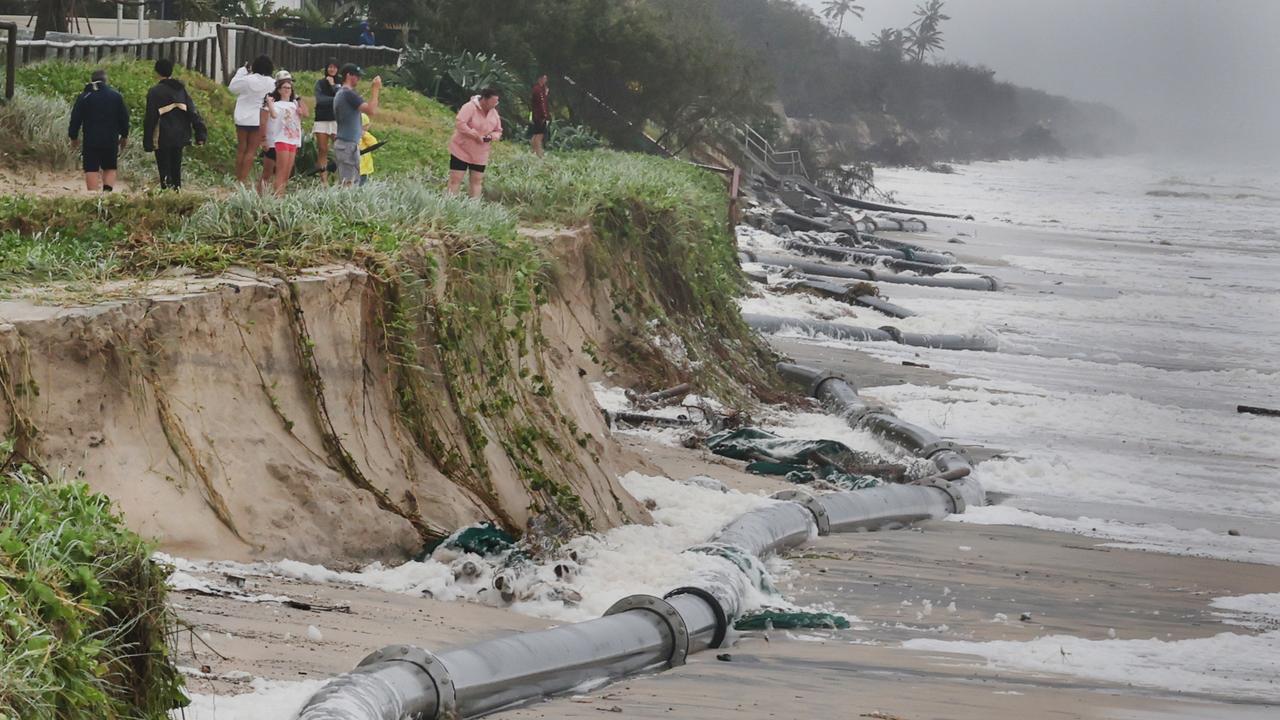
While the process of big surf carving away the sand is natural, experts fear this event and rejuvenation could significantly impact tourism and holiday plans from Noosa to Coffs Harbour.
In an interview with the Australian Financial Reviews, the University of Queensland associate professor Gabby Walters said the Gold Coast in particular would need to focus on the upcoming easter and school holiday period, where visitors may be in two minds about proceeding with their planned holiday.
“Easter is a peak time, which means people pay peak rates so that will be a really important opportunity for our business to redeem those losses,” she said.
“Our businesses will bounce back quickly,” Jane Laverty, the Northern Rivers regional director with Business NSW, added.
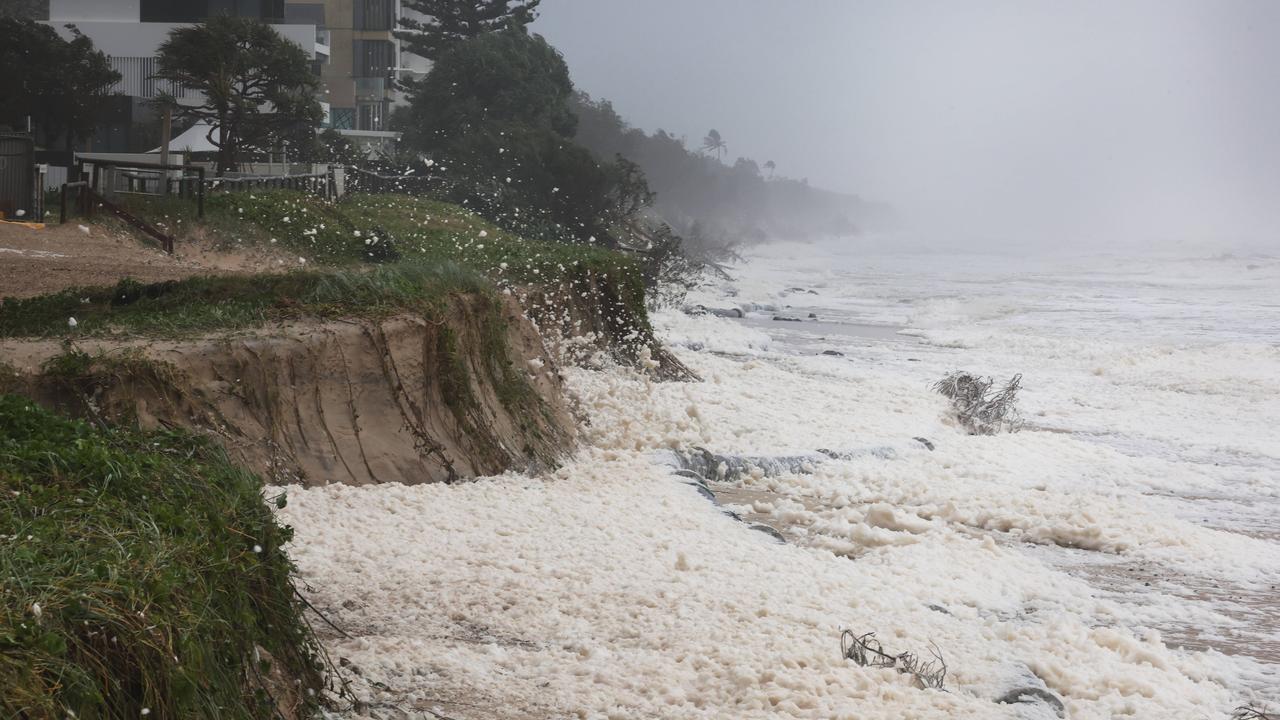
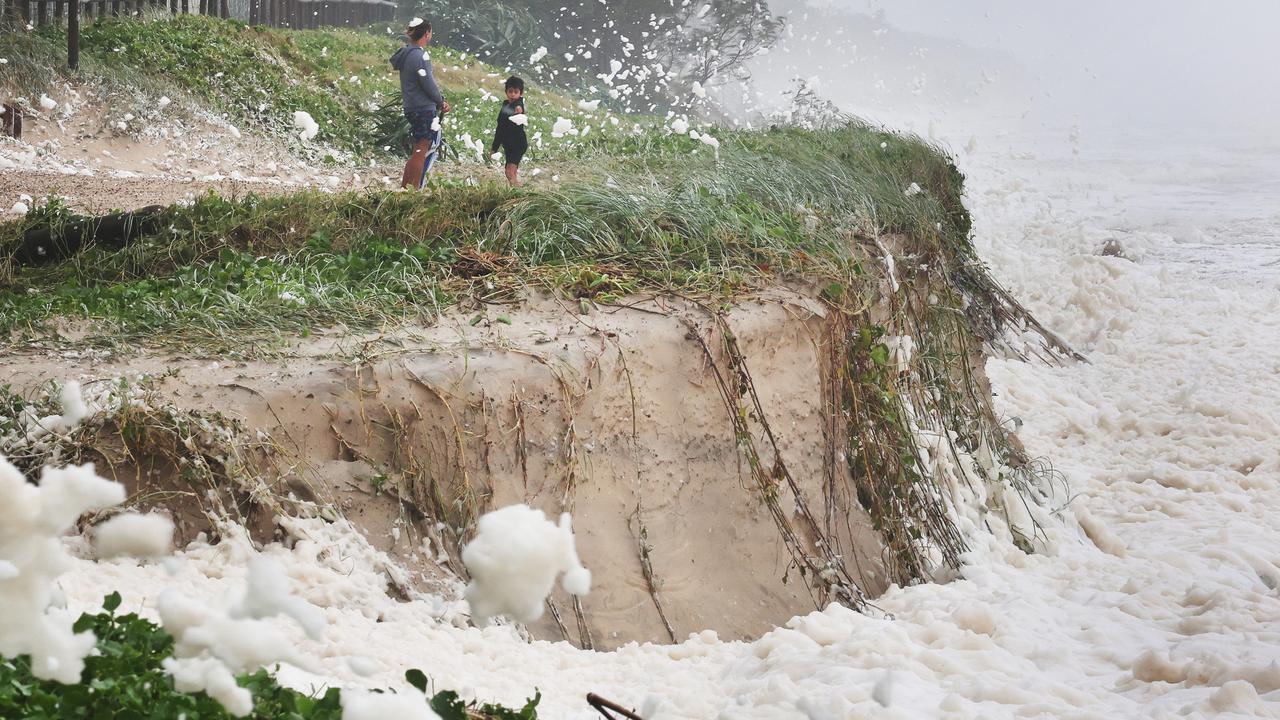
“Just because we’ve been through a disaster, we don’t want the message to be out to the broader world and state and nationally that we’re off limits for visitation.”
It’s a situation the Sunshine State is familiar with.
Tourism authorities in Far-north Queensland in 2023 said Cyclone Jasper, which caused destruction just before Christmas in 2023, cost the industry $60 million in lost visitor expenditure.
As the wettest tropical cyclone in Australian history, Jasper left a path of destruction when it made landfall as a category 2 system.
In the aftermath, the tourism cities of Cairns and Port Douglas suffered a significant financial blow as a result of nervous travellers, with cancelled accommodation bookings, restaurant reservations and tours.
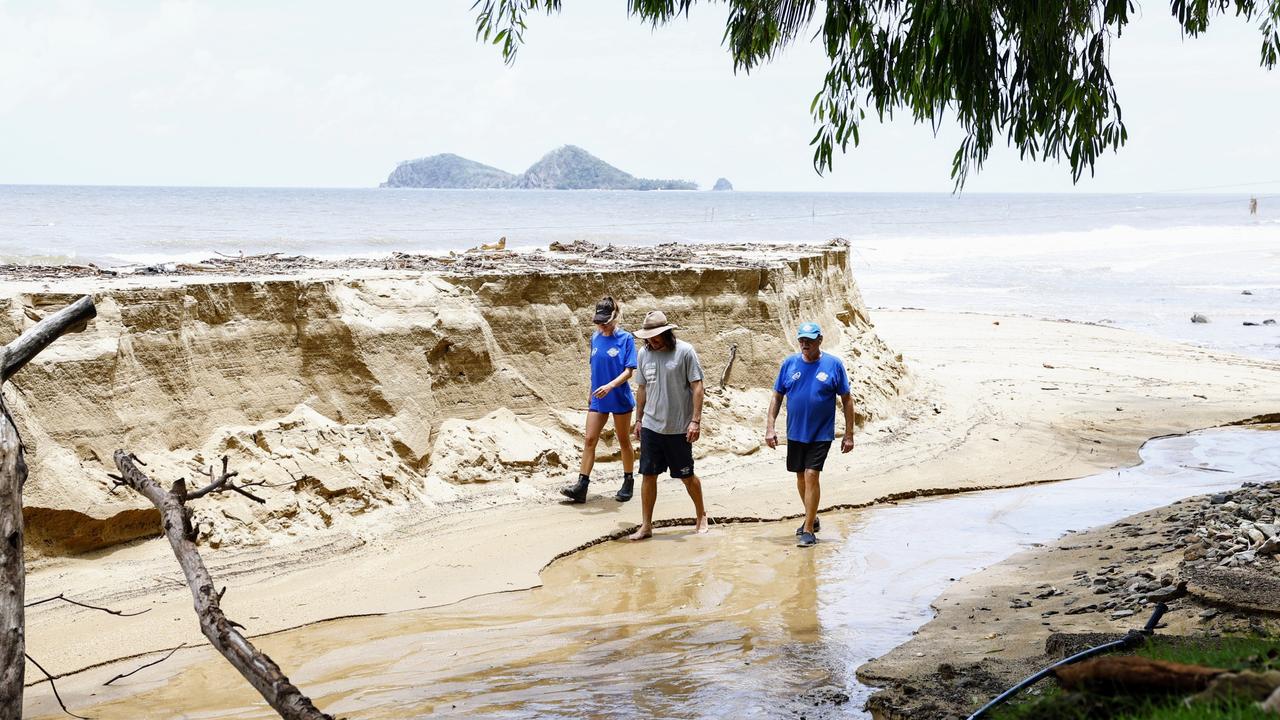
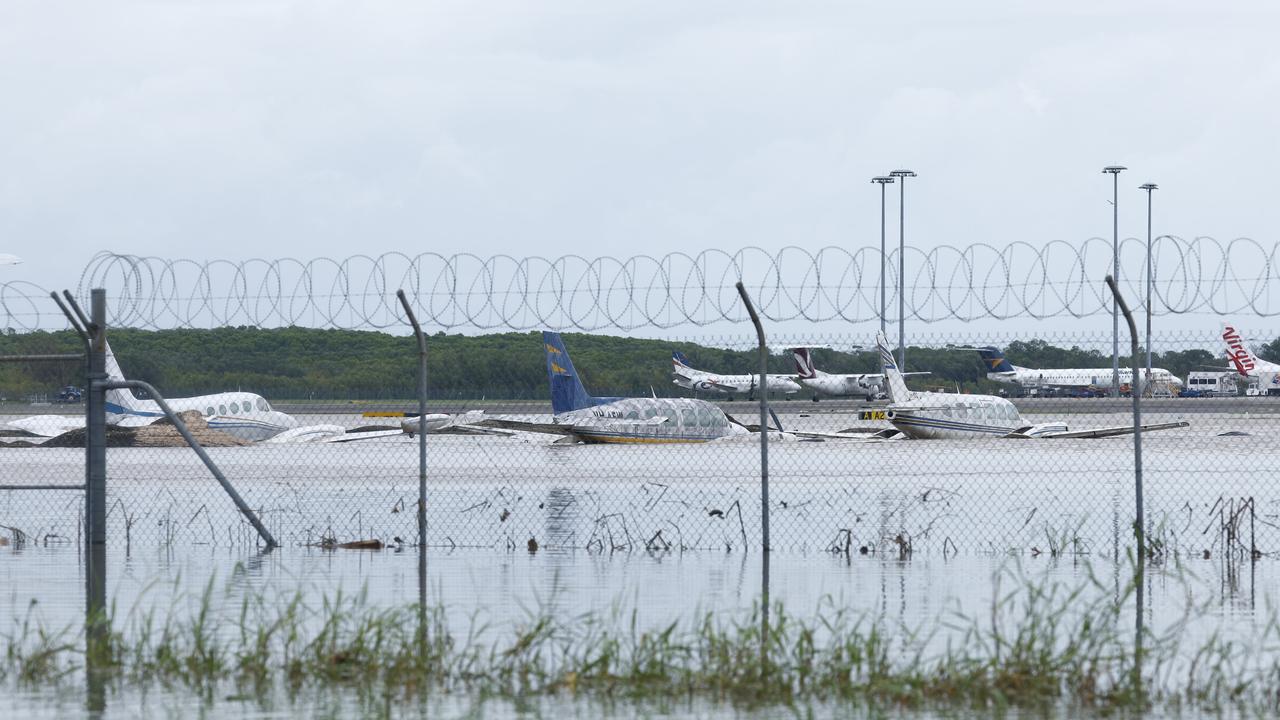
But while the initial impact of Alfred on the Gold Coast and surrounding areas may be felt at a normally lucrative time of year, University of Newcastle coastal erosion expert Michael Kinsela said the outcome of the cyclone could’ve been far worse.
“No doubt the erosion is severe and the pictures are very dramatic but what I’m seeing is pictures of eroded beaches and dunes, not pictures of roads falling into the sea and sea walls failing,” Dr Kinsela said.
“In that sense, it’s a very positive outcome and something that coastal managers plan for.
“It’s actually a good outcome in such an extreme situation.”






